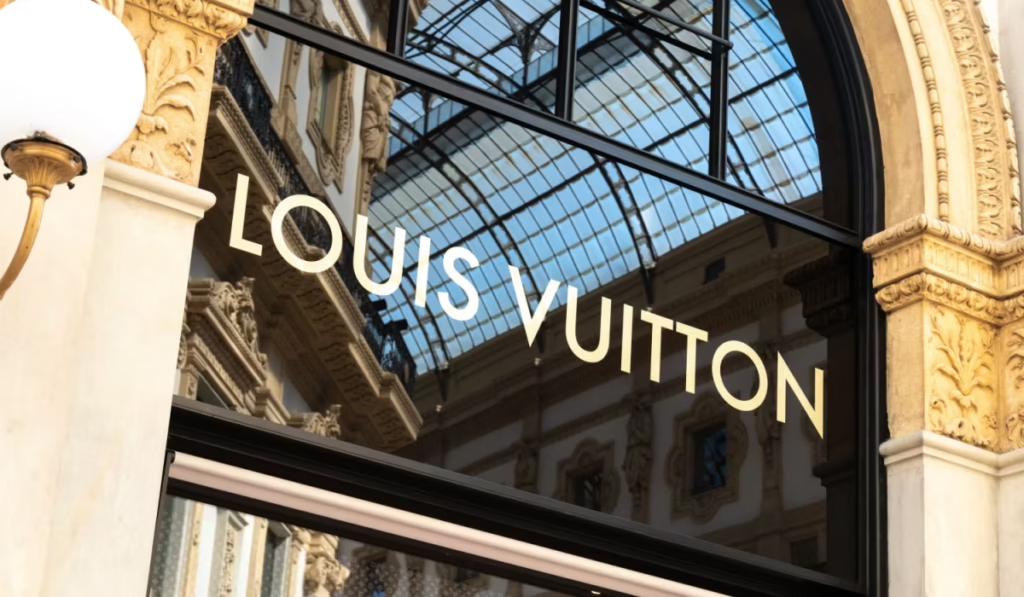LVMH: We refrain from using price as a growth driver

Content Index
LVMH Stays Committed to Brand Investment Despite Sales Dip Luxury giant LVMH saw a 3% drop in sales in the first quarter of 2025, signaling a slowdown in global demand for high-end fashion and goods. But instead of pulling back, the company is doubling down on what it sees as its long-term strength—its brands.

Brand First, Always
Rather than reacting to the short-term dip with sweeping cuts, LVMH is holding firm on its strategy of brand investment. Cecile Cabanis, LVMH’s Chief Financial Officer, made it clear that the group’s approach is rooted in long-term brand building. She emphasized that strong brands don’t just weather storms—they come out stronger on the other side. This means continued spending on store expansions, product innovation, and marketing that builds brand equity, not just buzz.
Looking Beyond Price Hikes
You may also like
‘Enticing’ Waitrose retailer wins Leeds thriller store regardless of IT glitch points
Interestingly, LVMH isn’t looking to price increases as its main growth strategy. Unlike other luxury brands that have leaned on price hikes to protect margins during tough times, LVMH is prioritizing value creation through experience and exclusivity. That means better service, more immersive store environments, and maintaining the aspirational status of its products.
Smart Efficiency, Not Cost Cutting
While the company is mindful of costs, it’s not slashing budgets recklessly. Instead, it’s looking at “efficiencies”—a sign that any changes in marketing spend will be strategic, not reactive. Cabanis mentioned that the company is reviewing how its marketing dollars are used to ensure maximum impact without compromising on quality or brand image.
You may also like
Coca-Cola’s European CMO: AI ads will become ‘the norm’
Retail Networks and Experience Matter
LVMH is also continuing to invest in its retail network. The logic is simple: luxury is about experience. Whether it’s a boutique in Tokyo or a flagship in Paris, the physical space remains a critical part of how the brand is perceived. LVMH wants each customer touchpoint to feel premium, personal, and unforgettable—especially as high-spending customers are becoming more selective.
Playing the Long Game
You may also like
Nina Dobrev and Julianne Hough Talk Future of Their Wine Company
This strategy reflects LVMH’s confidence in the power of brand equity. Even as sales falter in some regions, the company believes that investing in its brands will pay off when the market recovers. Cabanis called this “planting seeds for tomorrow,” suggesting that LVMH is willing to endure short-term challenges in exchange for long-term dominance.
What This Means for Marketers
For marketing professionals, LVMH’s approach is a strong case study in brand stewardship. It highlights the importance of resisting the urge to cut back on brand-building during economic uncertainty. Instead, investing in consistency, customer experience, and storytelling can help brands retain loyalty and emerge stronger when consumer confidence returns.
